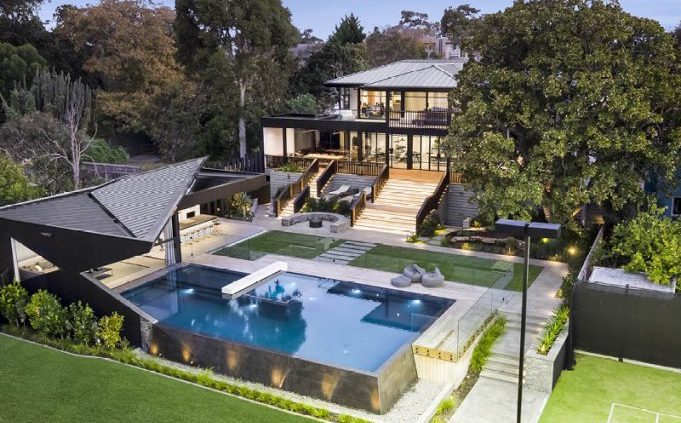Smart home is the future of home automation
From automating lighting to heating, appliances to air conditioning, TVs, computers, entertainment audio, video systems and security — the possibilities for smart homes are seemingly endless.
A smart home provides the ability to wake up in the morning and with a simple ‘good morning’ command, have your blinds open, the lights gradually turn on, the TV switch to the news, Fleetwood Mac blast from your speakers and receive live updates on the weather and your commute. Smart homes have come a long way from being ‘dad’s toy’ and there’s plenty more to come.
As early as 1982, the concept of a network of connected smart devices was floated, and by 1999 this was represented by the term ‘internet of things’. Now, this concept is a reality that’s integrated into all aspects of modern life in a more functional way than could ever have been predicted. While we may not have Marty McFly’s hoverboard, smart homes represent a sci-fi-esque future made possible.
As well as integration in existing homes, smart home automation systems are becoming a staple for new and off-the-plan luxury residences. Gone are the days where a pile of remotes sit on the corner of the sofa and entire work days are spent worrying about whether or not you turned the air conditioning off before you left home. Smart homes can provide safety, security, comfort, convenience and energy efficiency at all times, regardless of whether or not anyone is home.
Some tech automation have been the go-to guys for celebrity smart homes for as long as smart homes have existed. While originally only utilised by the mega-rich in their multi-million dollar LA mansions, smart home automation is now making its way through the residential sector at a phenomenal pace.
These systems are no longer out of reach for middle-income earners, causing a transition from ‘showy’ smart homes, to customised systems that offer a whole spectrum of automation options. Some installations involve simple lighting and audio, while others integrate under-floor heating, full security systems and voice control.
We want to find out what’s possible for smart homes in 2019 and in the future. Creating a custom lighting set-up throughout an entire home is simple when you go down the route of automation, especially if this is integrated into the property from the initial design and building process, as opposed to retrospective installation. As functional and as impressive as lighting automation is, many residents are chasing a voice-controlled smart home.
WHAT DOES THE FUTURE HOLD FOR SMART HOMES?
“In ten years from now, I think every home on the planet will have some kind of automation unless you’re living in a tent,” says Trevor.
In the shorter term — the next three to five years — is when the awareness will develop and smart homes will no longer be a novelty. Whether it’s biometric entry into your house with a thumbprint, facial recognition cameras to play your favourite song when you walk in the room and AI integration to make these smart systems even smarter, the potential is boundless.
Edit by Eason



